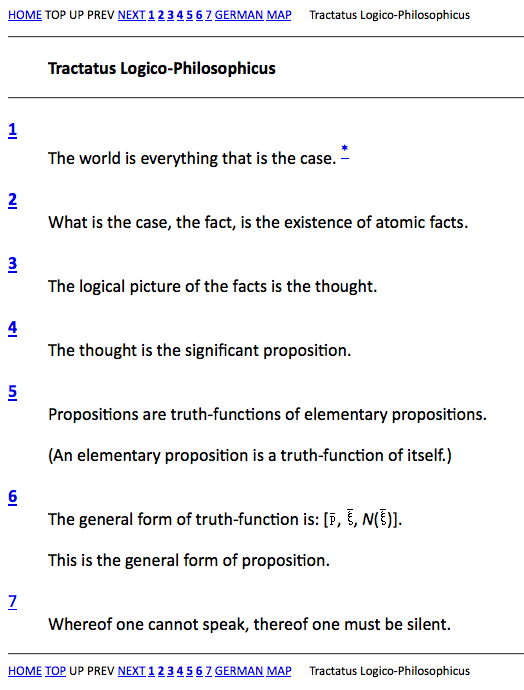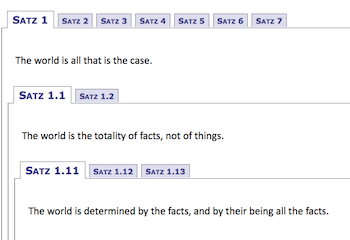Everything that vibrates makes music. The music that is perceived by human beings is human music. For being able to perceive the music of atoms, stars, and animals, it has to be transformed. (Karlheinz Stockhausen 1975)
Sonification is the use of sounds to perceptualize data and information. It is an interesting complement or even an alternative to visualization techniques. Infographics have already become widespread and are considered as cool or even sexy.
Just imagine the huge potential of infosounds in the future.
One impressing example of sonification is the Large Hadron Collider (LHC) at CERN in Switzerland. LHC was in the news recently when it broke its own energy world record on March 30, 2010. The high energy collision created an enormous quantity of data which inot only a big challenge in the field of computing, but also may be one of the reasons why LHC made it’s way into the world of music and sounds.
Here is a visualization of what happened inside the LHC when two opposing particle beams collided with an energy of 7 000 000 000 000 eV:
httpv://www.youtube.com/watch?v=EP0ouOgMuNY
Now a group of particle physicists, composers, software developers and artists in the UK started a project called LHCsound, turning real and simulated data from the ATLAS detector at the Large Hadron Collider into sounds.
The team members Lily Asquith, a particle physicist, Richard Dobson, a composer and music software developer, Archer Endrich, a composer, Toya Walker, an illustrator and painter, Ed Chocolate, a London-based producer and DJ and Sir Eddie Real, a percussionist, want to attract people to the results of the LHC experiments in a way that is novel, exciting and accessible.
Their “simplest” example of sonification is HiggsJetSimple. This sonification transforms properties of the particle jet to properties of sound: energy becomes volume, distance defines timing and the deflection of the beam is the pitch. In this example the sounds reduce in density very much towards the end, with isolated events separated by silences of several seconds:
httpv://www.youtube.com/watch?v=IrXqptn6qvo
By the way, Frank Zappa sonified the search for Higgs’ boson many years ago. You can find it on his album Trance-Fusion.
httpv://www.youtube.com/watch?v=2lHixowXnlU
In principle any data can be sonified. NASA sonified the sun and the planets. Seismic data of earthquakes and volcanos has been sonified to great use. You can even sonify a painting, photograph or moving image which has enabled blind people to see with sound.
Sonification has a great potential and I am eager to see if it can make its way into popular culture like data visualization did with infographics.
(Thank you Toya Walker, CERN, Frank Zappa and LHCsound)









